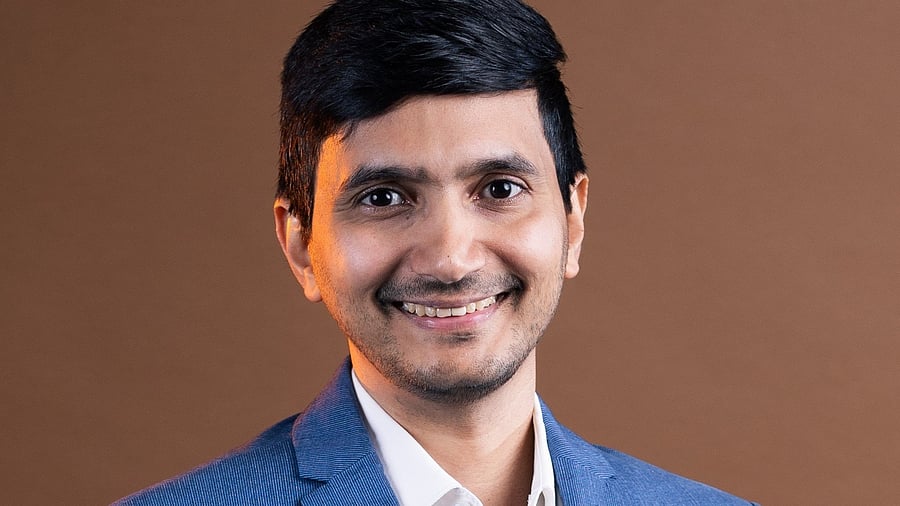
Bengaluru: EV maker Ather Energy, on Thursday, opened a new product testing and validation centre in Begur, Bengaluru, its third research and development facility in the city. In an interview with DH, Swapnil Jain, co-founder and Chief Technology Officer of Ather, stressed on the importance of indigenising more tech and India lagging behind other nations when it comes to R&D investments. Jain was speaking with Anushree Pratap on the sidelines of the inauguration of the new facility. Edited excerpts:
EV players have said that charging infra continues to be a significant barrier. Is India’s current pace of expansion of EV infra fast enough to meet demand?
We are already in a pretty decent place, especially when metros are concerned. Psychological barrier aside, I believe it is not a real barrier. For example, Ather has around 300 in just Bengaluru - so it has become very dense. Another thing is that uptime has gone up significantly. What we have also done in the last few years is bring down the cost of charging infra. Two wheelers have an additional advantage of low cost charging stations. Beyond metros, the requirement is much smaller because the size of the cities is smaller. We have seen a good response in other smaller cities also, with 75% of our sales in the last six months being from markets beyond big cities.
Why is there a regional divide, with more EVs sold in the southern and western states than in north and especially eastern states?
If you see any new technology in India, it usually starts from Kerala and goes up north. Usually, adoption is higher in the south and as the technology matures, it makes its way up north. This is an understood thing, and also seen as a trend for EVs. This is barring cheap products which were launched in the north and died over a period of time. Some original equipment manufacturers (OEMs) which became dominant in the north, also died over a period of time. If you look at established OEMs, the trend is clear from south to north. A lot of the OEMs being south focused also contributes to more adoption near their home ground.
Tesla is likely to enter India. What impact do you see on the market and the industry?
I believe that we are beyond the need of a Tesla to do anything in India. We have very good products in the market already. Tesla will also be a good addition. But we are at a place with decent homegrown players and enough products in the market. It is likely that Tesla will not bring in as large a disruption as it probably would have two years back.
What do you think of India’s EV export potential?
We have done a good job, for two wheelers at least. We have established multiple players in the market while in other countries, you don’t see as many players selling as many vehicles, barring China. But China’s recent law on two-wheelers beyond 25 kmph might slow down the growth of exports. So India is in a very strong position. Even products from Indian OEMs are much better than the products from international players. We are ahead of the curve and we should definitely materialise that.
Players have spoken about how R&D for areas like components is still limited and there is a greater push needed for this. Your thoughts?
As a country, all of us have to spend a lot more on R&D. We have not spent as much as we should have. We should have spent a lot more. And at least at Ather, we are trying to do that.
There is a need for us to keep investing in all the powertrain components because still we do not have a lot of indigenous tech. Like batteries, the technology is still coming from outside India. We have to manufacture some of these components locally. And not everything can be done by the OEM. Different players have to take different risks. The good thing is that a lot of these technologies can also be used by different industries. The entire energy industry uses the same technology as the EV industry. So you cannot invest only for the OEM but for the industry as a whole.
In the Union Budget, there weren’t any allocations given to FAME. But there was still a lot of focus on auto, EVs, manufacturing. Do you think this marks a shift in the government’s approach in moving beyond incentives for the sector?
That is what is right - moving away from direct subsidy to incentivising R&D. I think that’s brilliant. Enabling the private sector to shift from direct subsidies to R&D is a fairly high investment. And the industry is at a stage where a large part of their spend is R&D. That also promotes the right kind of behaviour - moving from freebies to building inherent strength.